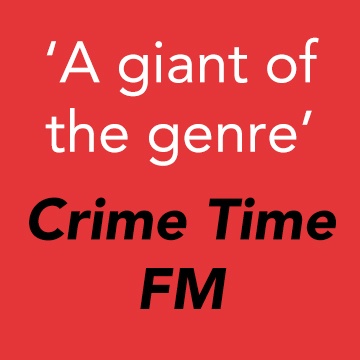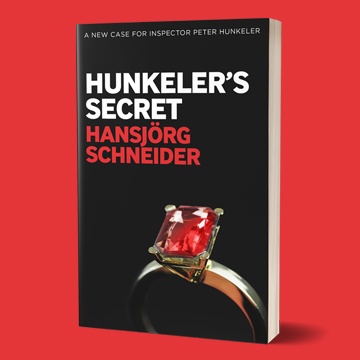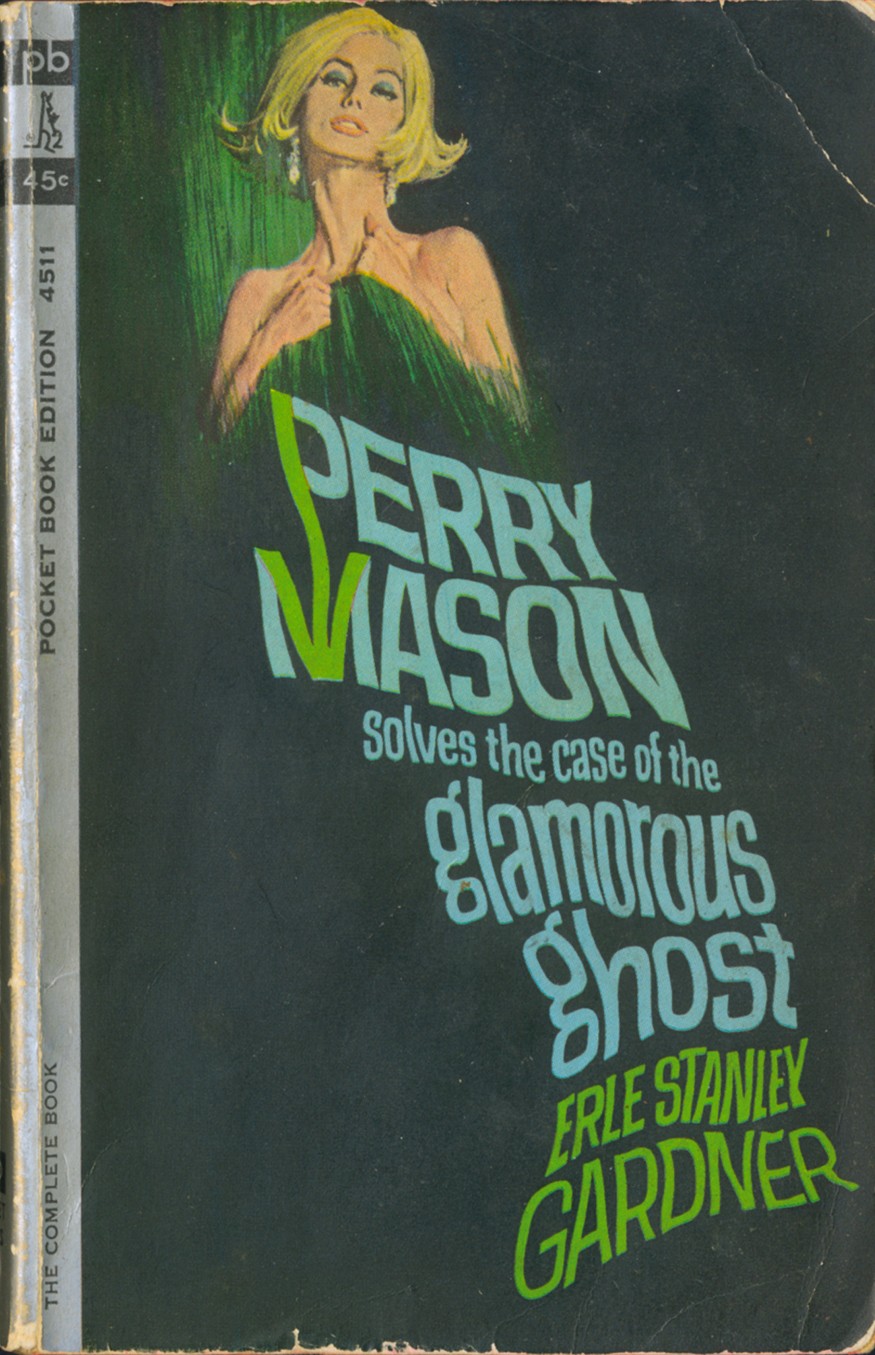
 The pulp fiction phenomenon began early in the 20th century and its heyday was in the 1920s and 30s when hundreds upon hundreds of quickly written titles were released each year promising adventure, danger and romance for anyone brave enough to open up the dramatic covers. This was not literature, this was entertainment, and many authors and publishers pushed the envelope in terms taste, with lurid covers and – sometimes – even more lurid writing.
The pulp fiction phenomenon began early in the 20th century and its heyday was in the 1920s and 30s when hundreds upon hundreds of quickly written titles were released each year promising adventure, danger and romance for anyone brave enough to open up the dramatic covers. This was not literature, this was entertainment, and many authors and publishers pushed the envelope in terms taste, with lurid covers and – sometimes – even more lurid writing.
Pulp authors were paid by the word, and editors tried to outdo one another in producing the most outrageous material. While it’s true that a lot of the stories are only interesting for nostalgic reasons today, writing pulp like a training camp for crime writers, some of whom went on to write the 20th century’s most influential novels. World War II and the advent of paper rationing saw a dip in popularity and availability of pulp novels, but after the war pulp experienced something of a revival. The magazines of the 1930s gradually disappeared, but pulp novels were release to occupy the minds of thousands of returning GIs wanting more action, adventure, intrigue and, yes, sex.
Many of today’s best crime writers recognise the influence of their pulp forebears, indeed some identify themselves as part of the New Pulp movement. Let’s have a look at some of the best work to come from the classic pulp style of crime writing. I’ve picked ten books, each by a different author whose canon is worth exploring.
 Psycho by Robert Bloch
Psycho by Robert Bloch
Bloch is a great example of a writer who began with pulp but who had continued success afterwards. He first wrote horror shorts for magazines such as Weird Tales, where he was taken under the wing of HP Lovecraft, but gradually moved towards full length thrillers, often with a psychological component. Psycho (1957), his novel of urban psychological suspense, was notable not just for the eschewing of supernatural horror in favour of human evil, but also as an early example of a serial killer thriller. His oedipal-fixated killer Norman Bates was, of course immortalised in film by Anthony Perkins.
Buy now on Amazon
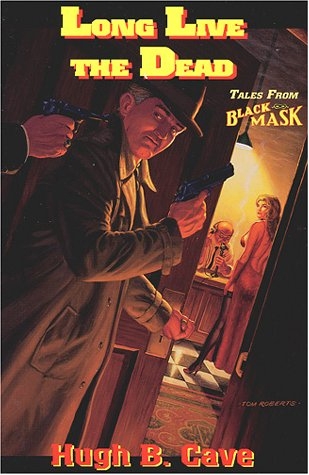 Long Live the Dead by Hugh B Cave
Long Live the Dead by Hugh B Cave
Hugh B Cave was born in the United Kingdom and is a rare example of a pulp writer who was not actually American. He wrote principally for magazines such as Astounding, Black Mask and Weird Tales, and became one of the most successful writers for what became known as the ‘shudder pulps’ – especially outlandish stories in which a hero faced off against particularly sadistic villains. For Long Live the Dead, Otto Penzler selected 10 of Cave’s best short stories from Black Mask magazine, an affordable and excellent introduction into one of Pulp’s most prolific writers.
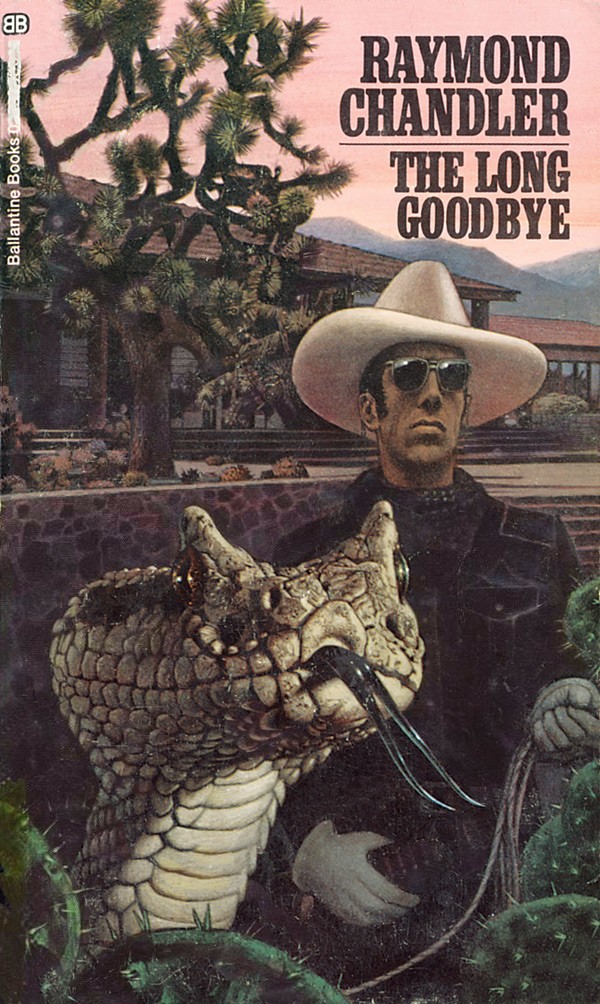 The Long Goodbye by Raymond Chandler
The Long Goodbye by Raymond Chandler
This was Chandler’s sixth novel featuring the immortal Philip Marlowe, and perhaps the only one of them that could truly be considered noir. In it Marlowe befriends a drunken WWII veteran called Terry Lennox, and then helps him escape to Tijuana after a desperate phone call. Marlowe later discovers that Lennox’s wife is dead, and when Lennox himself is reported dead in Mexico, Marlowe begins his own investigation. It is Chandler’s most personal novel, written as his wife was dying of cancer, and contains hints as to Chandler’s own concerns about himself – his alcoholism and fears over the worth of his writing. After you have read the book, take a look at Robert Altman’s neo noir film adaptation starring Elliot Gould which undercuts Marlowe’s heroic role as a knight errant. The screenplay was written by Leigh Brackett, another writer featured here.
Buy now on Amazon
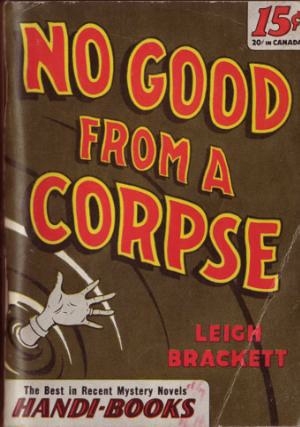 No Good from a Corpse by Leigh Brackett
No Good from a Corpse by Leigh Brackett
This LA hardboiled detective novel (1944) was so good that Howard Hawks famously asked for “this guy Brackett” to write the screenplay for The Big Sleep, not realising that she was a woman and known mostly for her space opera science fiction. Her tough-talking protagonist, Ed Clive, is every bit a match for Marlowe and the novel is as labyrinthine as any Chandler created, with a femme fatale and a great twist ending. After the success of The Big Sleep, Brackett concentrated in the lucrative field of screenplays, even managing to bring some cohesion to George Lucas’s The Empire Strikes Back.
Buy now on Amazon
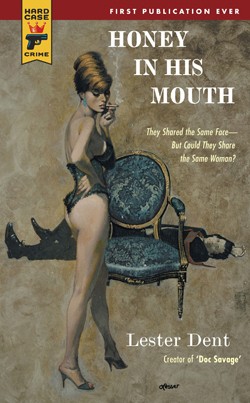 Honey in his Mouth by Lester Dent
Honey in his Mouth by Lester Dent
Lester Dent may have been best known as the creator and main author of the Doc Savage series of novels, which number more than 150. While he was certainly no Chandler or Hammett, Dent knew his way around a story, and this tight little thriller about a grafter who bears a certain similarity to a South American dictator, is full of enough amoral criminals and hardboiled action for Hard Case Crime to republish it. Dent famously wrote his Master Fiction Plot, a how-to guide for the pulp writer which can be boiled down to putting your hero in as much peril as possible, and then adding more peril!
Buy now on Amazon
 The Case of the Glamorous Ghost by Erle Stanley Gardner
The Case of the Glamorous Ghost by Erle Stanley Gardner
At the time of his death in 1970, Erle Stanley Gardner was the most published American author of the 20th century, having sold more than 170 million books. Not bad for a lawyer who began writing for the pulps in his spare time. The success came from his pioneering creation of the courtroom thriller and his crusading lawyer and crime sleuth Perry Mason. Ghost, like many of Gardner’s novels, has a complicated plot, allowing for the author’s trademark courtroom reveals. Mason is hired to defend a young lady with a colourful past who has been arrested for disturbing the peace by being found naked at night in a public park. That’s just the start for this mystery which takes in sibling rivalry, blackmail and murder.
Buy now on Amazon
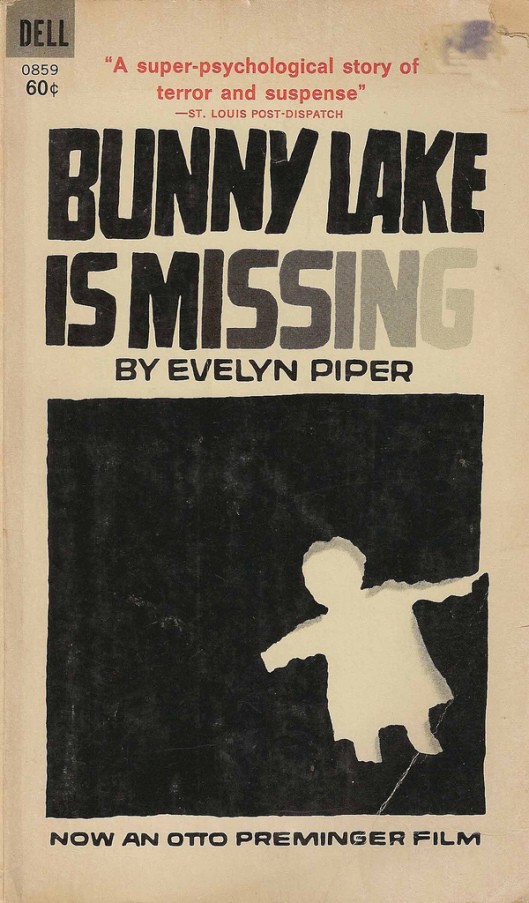 Bunny Lake is Missing by Merriam Modell
Bunny Lake is Missing by Merriam Modell
Merriam Modell is principally known for science fiction and fantasy but wrote this slice of 1950s psychological suspense under the pen name Evelyn Piper. Notable for examination of social issues from a feminist perspective, Bunny Lake’s heroine is a single mother in New York, bringing up a daughter and working fulltime. Every parent’s nightmare of a child going missing provides the basis for this thriller and indeed it is not until the very end that the reader knows if Bunny ever really existed or is a figment of her mother’s imagination.
Buy now on Amazon
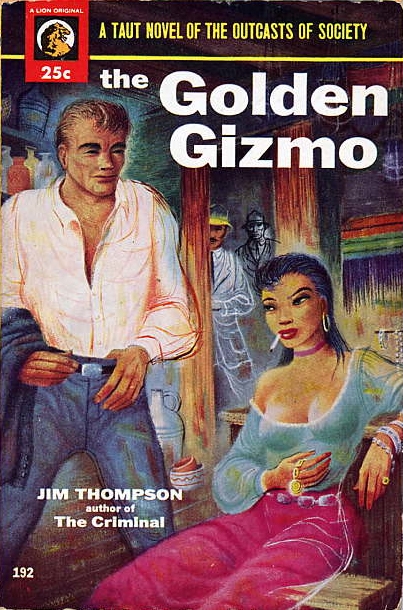 The Golden Gizmo by Jim Thompson
The Golden Gizmo by Jim Thompson
Thompson sold his first story aged 14 but didn’t sell his debut novel until 1942. Of all the writers featured, it is perhaps Thompson who has received the most praise posthumously. He is arguably the master of noir and certainly one of the most experimental of the paperback original writers. Thompson famously said that all his plots were the same – that things don’t go according to plan, and his writing is often bleak but laced with a surreal tinge and black humour. Other novels – The Grifters, The Killer Inside Me – are more celebrated, but this short work in which an unlucky exponent of the short con gets mixed up with a talking dog remains my favourite, not least because it is unimaginable that anyone else could have written it.
Buy now on Amazon
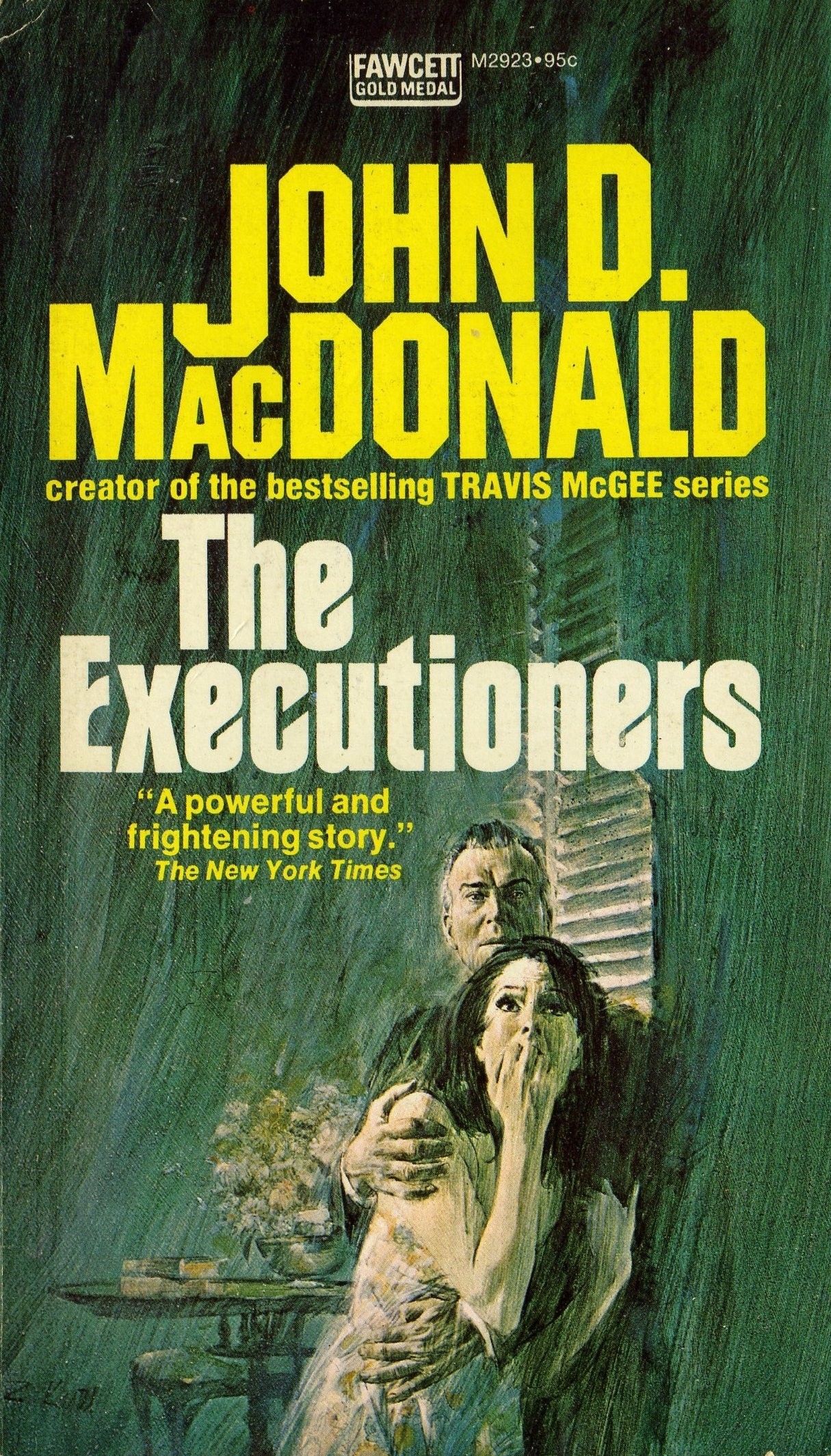 The Executioners by John D MacDonald
The Executioners by John D MacDonald
MacDonald sold his first story while in the Navy, then went on to a spectacular career first in the pulps and then in the paperback originals market. His salvage consultant Travis McGee, who insisted he was taking his retirement in instalments, was his most successful creation and we took a detailed look at The Deep Blue Good-by here. The Executioners is a standalone thriller that was adapted twice for the movies as Cape Fear. Lawyer Sam Bowden and his family are persecuted by the vengeful rapist Max Cady after Bowden testified at his trial. The novel may not be as violent as the films, but it is a remarkably tense book and its story of a man having to overcome his civilised tendencies to protect his family from danger was surely an influence on Sam Peckinpah’s Straw Dogs.
Buy now on Amazon
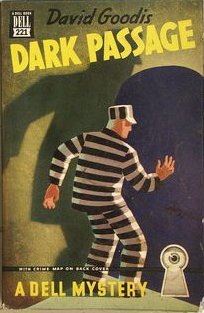 Dark Passage by David Goodis
Dark Passage by David Goodis
This Philadelphian author is synonymous with the noir genre. The son of Jewish Russian émigrés, his fiction had a remarkable empathy for outsiders and his work has twice been featured by the prestigious Library of America. Goodis has been accused of sometimes being too sentimental in his writing, but at its best – as in Dark Passage – he displays a poetic flair for the doomed and the downtrodden. In the book, Vincent Parry is framed for his wife’s murder before escaping from prison to seek justice. The plot may have a B-movie feel, but the frequently lyrical prose is a cut above many of the author’s peers.
Buy now on Amazon
Classics in September 2016 is sponsored by Bloomsbury Reader.







